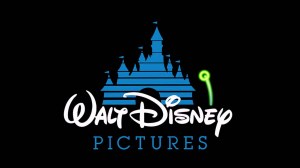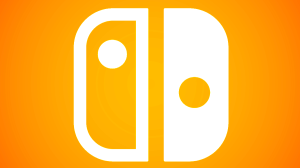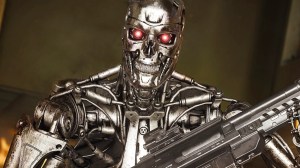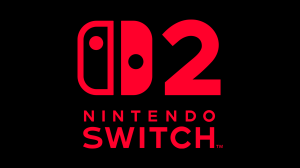Given how much ComicBook.com and other sites have discussed the Easter eggs and DC Universe references in the world of Zack Snyder’s Man of Steel, we thought it was interesting that during a recent interview with concept artist Peter Rubin (who designed, among other things, the rocket that sent baby Kal-El to Earth), he revealed to us that his boss–production designer Alex McDowell–seemed opposed to them on principle.Rubin, who will be presenting at San Diego Comic Con International in two weeks along with other members of the Art Director’s Guild, told us that his boss nixed the idea of naming streets and businesses in Smallville after comic book artists, actors involved with previous screen iterations or other recognizable names because he felt that it would take the viewers out of the experience and shatter the “reality” of the world they were trying to build.Of course, a lot of that happened anyway–references to the TV series Smallville, the comics and more were seen not just in Smallville but all over the film, including some pretty flagrant ones like Wayne Enterprises and Batman references, and a huge, obvious LexCorp logo in a few different shots (although that might not quite count).We’ll have a full Q&A with Rubin for you tomorrow, but this bit seemed pretty interesting, considering how the film eventually came out.
Man of Steel Concept Artist Peter Rubin: Pre-Production Actively Avoided Easter Eggs
Given how much ComicBook.com and other sites have discussed the Easter eggs and DC Universe […]












